Thessaloniki gets ready for its metro launch in November
The underground rapid transit lines have been under construction for almost two decades due to various project delays
 TheMayor.EU logo
TheMayor.EU logo 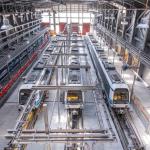
The underground rapid transit lines have been under construction for almost two decades due to various project delays

The cross pinnacle on the Tower of Jesus Christ will be ready to receive visitors in 2026 on the centennial of Gaudi’s death

Now you can get your wine in Talence by paying directly in Bitcoin

That’s because the state has to spend money on updating the railway infrastructure rather than subsidizing the cost of the popular pass

Steffen Romstöck said that he would respect the residents’ choice and would take over the helm of the municipality, even if he didn’t run
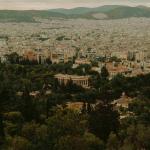
The measure, which will come into force from 1 January 2025, will be partial and temporary…for now

Rethinking renewable energy sources for the urban landscape

But operating them is still illegal under the country’s legislation

The examples, compiled by Beyond Fossil Fuels, can inform and inspire communities and entrepreneurs that still feel trepidation at the prospect of energy transition

Now you can get your wine in Talence by paying directly in Bitcoin

Rethinking renewable energy sources for the urban landscape

The examples, compiled by Beyond Fossil Fuels, can inform and inspire communities and entrepreneurs that still feel trepidation at the prospect of energy transition

The underground rapid transit lines have been under construction for almost two decades due to various project delays

Plus, it has a unique modular design that allows it to be shortened and lengthened like a train

At least, that’s the promise made by the mayor of Paris, Anne Hidalgo
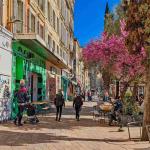
Despite its church-y name, the district has long been known as the hangout spot for the artsy crowds

At least, that’s the promise made by the mayor of Paris, Anne Hidalgo
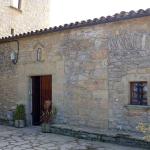
Hostal de Pinós is located in the geographical centre of the autonomous region

On the eve of the new academic year, the ranking considers several distinct but essential factors
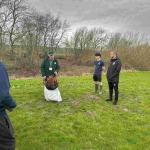

Following a successful trial phase, these quiet areas will now be available on all main routes in the country

The academic institution shows a deeper understanding of the well-being of its students











Pakrac owes its centuries-old history to its favourable geographical position and location at the crossroads of important routes. Traces of the first settlements in Pakrac date back to ancient prehistoric times and to the Roman period.
In the Middle Ages it was the property of the Crusaders of Ivanovo. After the invasion of the Turks in this area, for a time it became the center of the Pakrac Sanjak.
During the first half of the 18th century, Baron Franjo Trenk, a famous warrior and military leader, built his castle here. Later on Pakrac was also a significant craft and a health centre, because the General Public National Hospital operated here for many years, first in the area of Trenkov Castle, before the construction of the large and one of the most modern hospital buildings at the time.
Pakrac was among the first cities in Croatia to receive electric lighting. In modern history, it is known for the numerous damages suffered in the Croatian War of Independence.
Reconstruction of the city from the consequences of destruction continue until today, but with effort and gradual progress the results on urban development are visible: about 40 residential buildings have been renovated in an energy efficient way, kindergartens have been built, transport infrastructure is continuously developed, numerous social projects and measures are being implemented.
The municipality of Pakrac is located in the western part of Slavonia, as part of the Požega-Slavonia County. It consists of 42 settlements.
The economy of Pakrac is based on wood industry, production and export of fine electro mechanic parts for the global market, traditional crafts and rich agricultural output.

A must visit in Pakrac are the excursion and recreation centre in Omanovac mountain lodge, the Matkovac lake and picnic area and Čantalo picnic area.